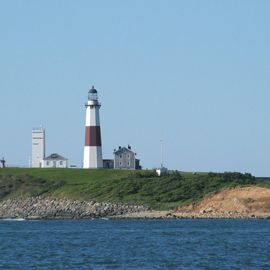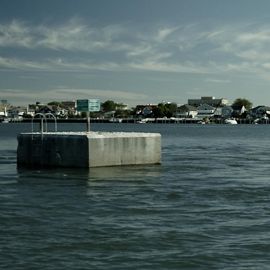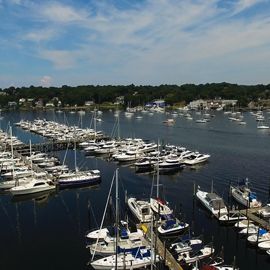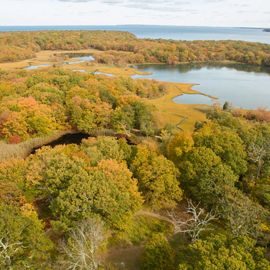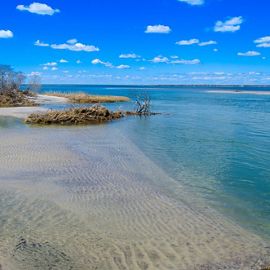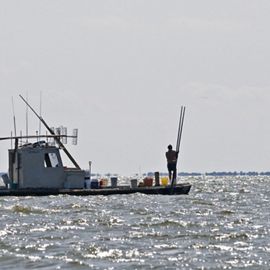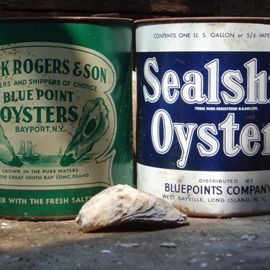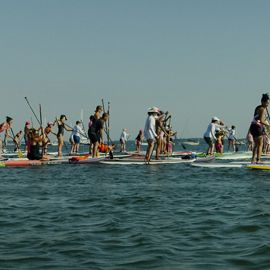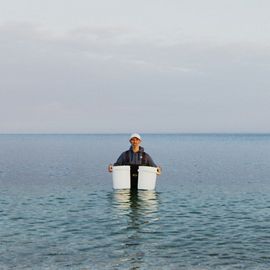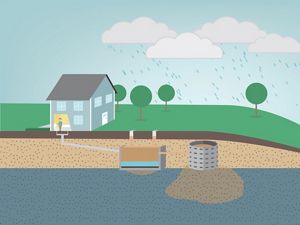Long Island’s Only Source of Drinking Water: Groundwater Aquifers
The water that flows from every single spigot in Nassau and Suffolk County comes from groundwater aquifers and nowhere else. These aquifers are ours to protect. Nothing is more important than clean water to drink. Clean and safe water is essential for survival. Protecting our water supplies is the foundation of both the Clean Water Act and the Safe Drinking Water Act. Nobody will come to Long Island’s rescue if continue to contaminate this most precious resource.
Into Our Aquifiers It Goes
Every drop entering Long Island’s groundwater aquifers flows to either a drinking water well or to the nearest stream, lake, bay, or harbor. In much of Suffolk County and northern Nassau County increasing nitrate levels in the aquifers and surface waters can be traced to cesspools and septic systems with additional contributions from fertilizers and air pollution. Cesspools and septic systems also are sources of other contaminants of concern such as pharmaceuticals, organophosphate flame retardants, and household solvents. Similarly, fertilizers are often applied concurrently with herbicides and pesticides that are increasingly being detected in out drinking water aquifers. Thus smart modernization of the way we treat wastewater and care for our yards, fields, and farms can simultaneously reduce nitrogen as well as other pollutants of concern.
Preventing Pollution at the Source
Ben Franklin is credited with saying “an ounce of prevention is worth a pound of cure” and this is certainly the case with protecting Long Island's water. Once contaminants enter the groundwater aquifers they are extremely costly and challenging to clean up. But there are solutions. Whether it is through better treatment of our wastewater or reducing fertilizer and pesticide use, by thoughtfully preventing nitrogen pollution at its sources, we can also reduce other contaminants to our waters.
Explore Local Stories About Water Quality
